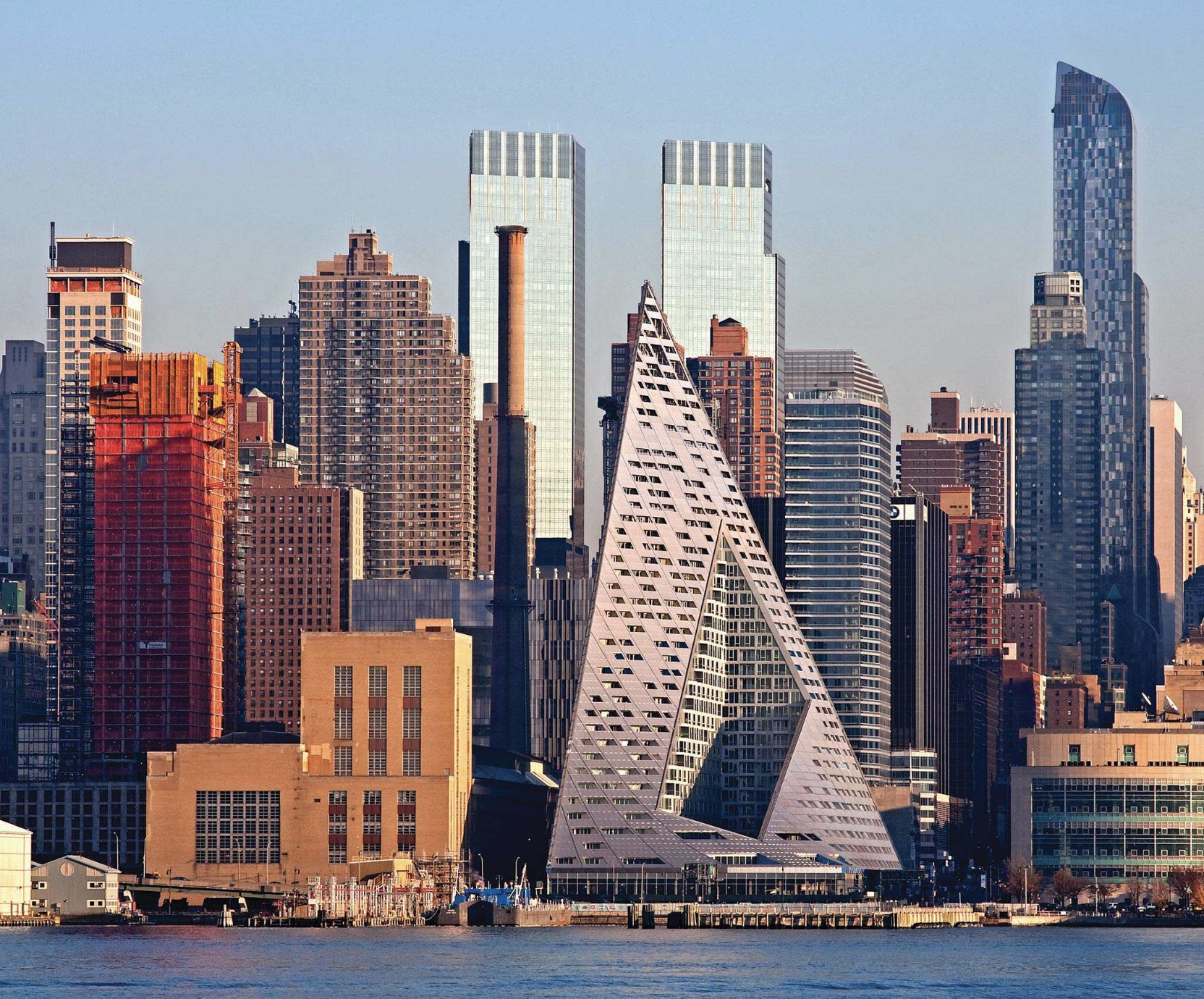
Surprisingly, the most famous buildings in New York are not the most attractive to big name companies – and have not been for a long time, says Andrew Lim, JLL New York City research director. “We believe this is especially true when it comes to the importance of being in the office – being together improves the speed of decision making, while also providing valuable opportunities for spontaneous learning and creativity, as well as allowing our professionals to learn through our apprenticeship model.”

#MANHATTAN SKYSCRAPERS FULL#
Other companies have put similar policies in place, JP Morgan recently told its senior bankers to return to the office for a full five days, adding that slackers would be punished for poor attendance.Īt the time, the bank said: “As we’ve returned to more normal patterns in our lives and work, we can all appreciate the many benefits of in-person engagement. This new approach begins on 11 September.” “We will shift to at least four days per week in the office, with the flexibility to work from home one day per week. All of this requires us to be together in the office. In a memo, bosses wrote: “Career development happens in teaching moments between team members, and it is accelerated during market-moving moments, when we step up and get into the mix. Blackrock, the world’s largest asset manager, on Tuesday announced that staff must be on-site for at least four days a week. In response, companies have mandated a return to the office. Facebook also announced it is subletting roughly 250,000 sq ft of their 1.9 million sq ft office space in Hudson Yards. Spotify recently put 200,000 sq ft on the market for sublease at 4 World Trade Center, vacating five of its floors. There is currently around 22.7 million sq ft of sublet space in New York, with this figure rising as companies look to shrink their office footprints.Īgents note that the majority of companies releasing space are in the tech or media industries. The lack of people returning to the office has hit the local economy, with remote work costing New York around $4,661 (£3,750) annually for each worker, according to Bloomberg, as employees spend less on food and entertainment at businesses around their offices. “It’s particularly people in their late twenties and thirties who are unwilling to return to the office full time,” he adds.
#MANHATTAN SKYSCRAPERS FREE#
White-collar workers are fleeing New York in huge numbers for a life free from commuting, says Mr Smith, as well as the option to spend more time on their families and other personal pursuits. “And this demand is greater here than in any other part of the world,” he adds. He said last year: “You can’t run New York City from home”.īut employees’ desire for flexibility is higher “than ever”, says David Smith, head of Americas insights, global research at Cushman & Wakefield New York. The building’s owners, Singapore’s sovereign wealth fund and Paramount Group, have undertaken an expensive renovation in order to tempt in new tenants.Įric Adams, the City’s mayor, has urged workers to return to the office as the city struggles with a shifting landscape. The 47-story tower at 60 Wall Street has sat empty since 2021, when Deutsche Bank – its only tenant – relocated uptown, to the edge of Central Park.

The consultancy group has warned of a coming wave of “zombie” buildings rendered barely functional due to low vacancy rates.

Meanwhile, the level of workers returning to the office has plateaued at around 60pc, data from The Real Estate Board of New York shows.

Vacancy rates for office buildings in central New York have hit 22.7pc, up 11.4pc on pre-pandemic levels. While New York is starting to show signs of life, only around half the number of workers that should be in the office have returned more than a year on from the pandemic.


 0 kommentar(er)
0 kommentar(er)
